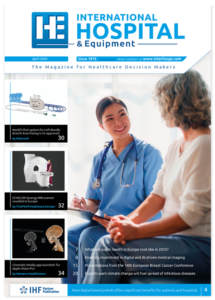DMP module on heart failure: current guidelines indicate some need for revision
On 14 February 2012, the German Institute for Quality and Efficiency in Health Care (IQWiG) published the results of a literature search for evidence-based clinical practice guidelines on the treatment of people with heart failure. The aim of the report is to identify those recommendations from current guidelines of high methodological quality that may be relevant for the planned revision of the module ‘heart failure’ in the disease management programme (DMP) for coronary heart disease (CHD). According to the results of the report, there is no compelling need for revision of any part of the DMP module. However, IQWiG identified several aspects that could be supplemented and specified.
Evidence was documented in detail
One of the responsibilities of IQWiG specified by law (Social Code Book V, SGB V) is to develop and issue recommendations for DMPs. It is first of all the Institute’s aim to identify differences between guideline recommendations and the DMP. The Federal Joint Committee (G-BA) then examines these differences and decides on whether they should actually lead to a revision of the DMP.
In the commission now completed, which was awarded by the G-BA, IQWiG systematically searched for new guidelines, assessed their methodological quality, and extracted relevant recommendations on the diagnosis and treatment of heart failure. In addition, the Institute documented how highly the guideline authors graded the robustness of the recommendations. However, the sources of the recommendations were not examined again; this is where IQWiG’s guideline appraisals and benefit assessments differ.
A total of 27 German and international guidelines containing recommendations on the treatment of people with heart failure were included. As the analysis showed, the recommendations are, by and large, consistent with the specifications of the DMP. No contradictions in content concerning the DMP requirements were found. The Director of IQWiG, Professor Dr med. J

